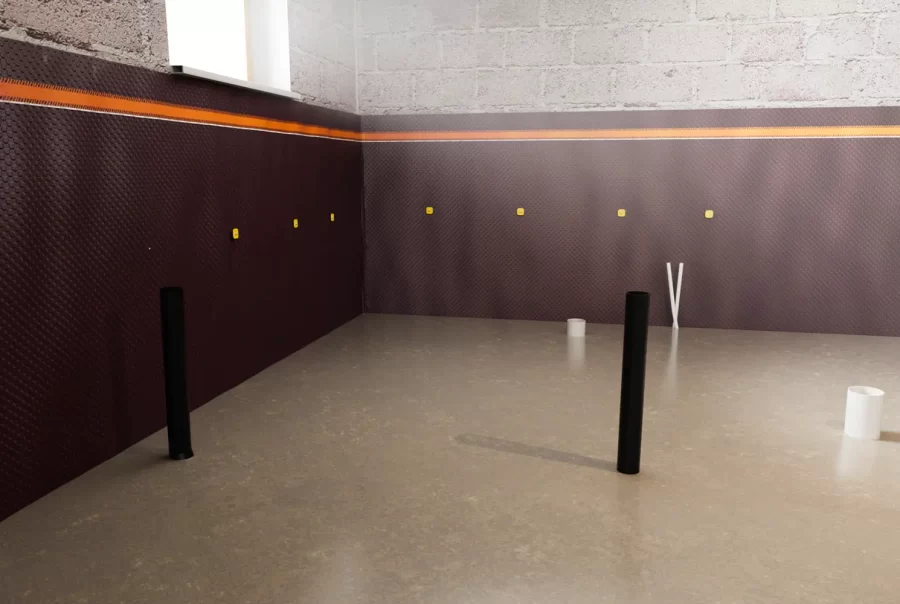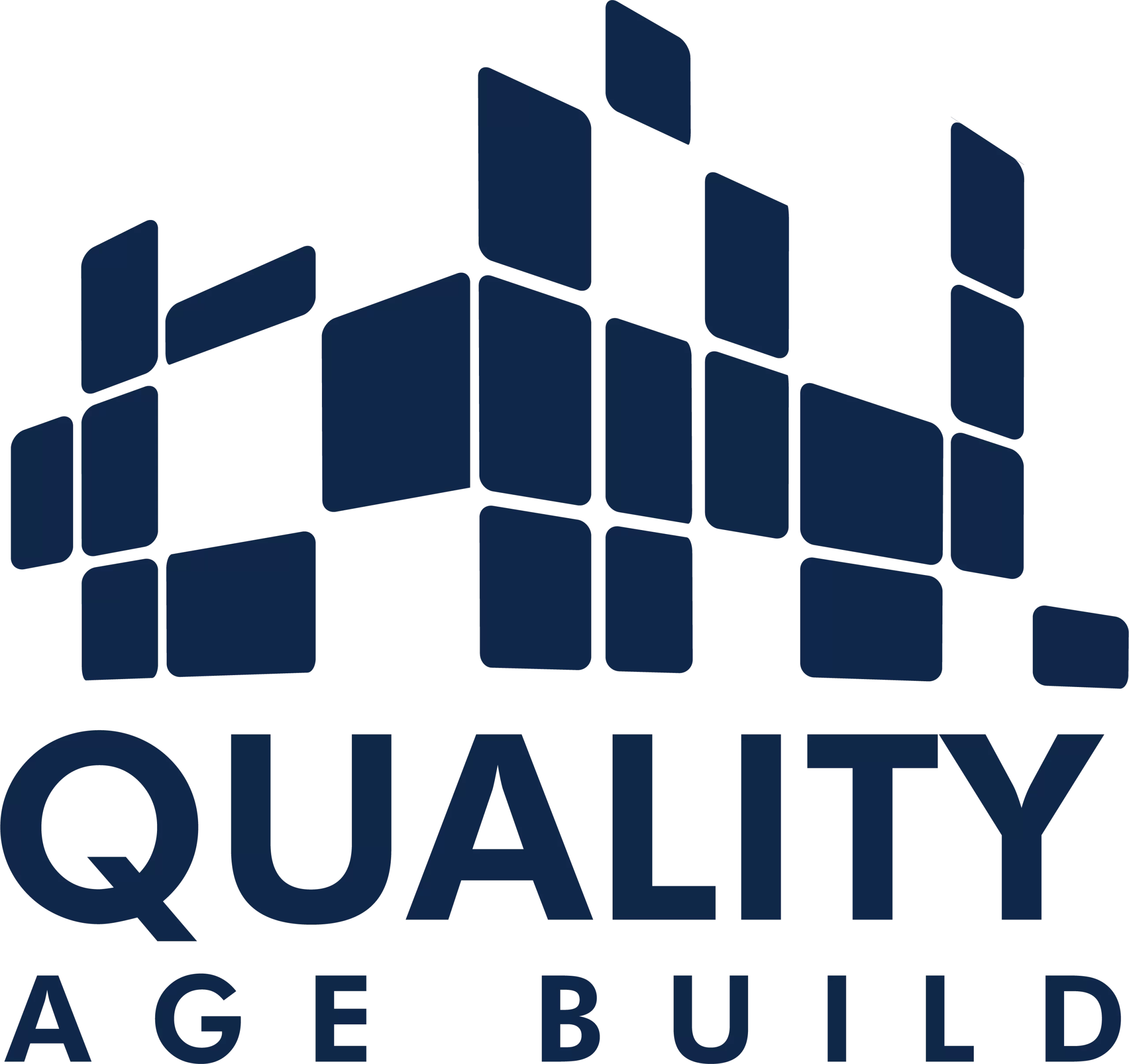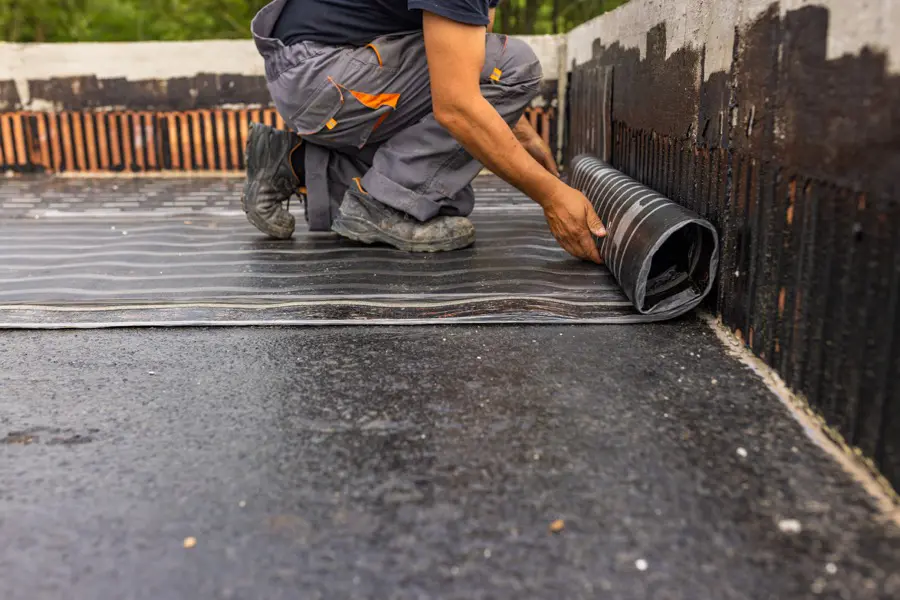High-quality waterproofing protects your walls, foundation, floor, and other parts of the building from moisture, thereby strengthening the entire construction. The modern building materials market offers numerous waterproof materials, the choice of which depends on their application area. In this article, Quality Age Build experts analyze different types of similar materials and their characteristics.
What Are Waterproofing Materials?
Waterproofing materials are used to protect roofs, walls, basements, and other parts of buildings from penetration of water or other liquid. If this liquid is aggressive, use anti-corrosion waterproof materials.
Types of Waterproofing Materials
When choosing a waterproofing material, consider the following:
- the location where it will be applied;
- the type of liquid likely to be exposed to the surface;
- materials from which the surface to be protected is made.
Below, you will find information about the main types of materials used for waterproofing.
Cementitious Waterproofing Compounds
This material is primarily used to protect concrete surfaces. Before application, it is mixed with cement. The resulting consistency of the mixture allows it to be evenly distributed over the surface.
It is worth noting that the composition is highly durable. Special components can be added to the mixture to enhance it.
Fluid Waterproofing Membranes
Fluid waterproofing membrane is a waterproofing material used for insulation of various areas of construction. Its main benefit is consistency, which allows the membrane to take any shape and fill the most difficult-to-reach places in the building.
Liquid Bitumen-Based Membranes
Bitumen is a petroleum product widely used for insulation in foundations, basements, and bathrooms. Membranes based on it have good adhesion to various surfaces, including metal, stone, and concrete. The advantage of liquid bitumen-based membranes is that they are flexible even after hardening, which prevents the appearance of cracks.
Sheet Membrane Waterproofing Systems
These waterproofing membranes are easy to use and effective even on surfaces that contact moisture constantly. Therefore, they are often used for waterproofing roofs, bathrooms, and basements.
To apply sheet membrane waterproofing systems, professionals use blowtorches, gas torches, or other high-heat sources, and hot resin adhesives. The seams between the sheets can be sealed in the same way.
Polyurethane Liquid Membranes
This type of membrane is commonly used to waterproof roofs. It is flexible and can create a reliable barrier to water penetration into the room. There are one-component membranes, which are completely ready for use, and two-component ones. Before applying them, you need to mix the main paste and hardener.
Thermoplastic Waterproofing Solutions
These waterproofing materials are known for their ductility, softness, and resistance to environmental influences. One of the main advantages of the material is its durability – the service life of waterproofing solutions based on elastomers can be up to 50 years.
Thermoplastic waterproofing solutions are recyclable, so they are better in cases where the environmental friendliness is essential.
Rubberized Asphalt Compounds
Such compositions are mixtures of rubber and asphalt. They are commonly used to waterproof roofs of industrial buildings. They provide decent protection against moisture and are flexible and durable. Such flexibility makes rubberized asphalt compounds a good choice for external work because roofs are often subject to constant expansion and contraction due to temperature changes.
PVC Waterproofing Membranes
These membranes are made from pressed thermoplastic polyvinyl chloride. They are durable, with long service life, and are resistant to environmental influences and high temperatures.
This waterproofing material is easy to install and repair if necessary. It is regularly used for sealing roofs, swimming pools, landscape ponds, and similar structures.
Waterproofing Methods
Depending on the type of waterproof materials and surface characteristics, you can choose one of the following waterproofing methods:
- Sprayed – spraying waterproof material using special equipment.
- Injection – can be carried out under pressure. It is frequently used for waterproofing concrete surfaces because it fills cracks well.
- Lining – application of liquid or preformed sheet membranes.
- Rigid – involves applying a rigid waterproofing layer, the size and shape of which do not change under the influence of high temperatures and other factors.
- Paintable – involves using materials on which a layer of paint can be applied.
- Plaster – waterproofing by applying water-repellent plaster helps protect the walls from moisture and improve their appearance.
Contact professionals to choose the most suitable waterproofing method for your home. Typically, the choice will depend on which surface needs to be protected from the liquid.

Roof Waterproofing
When it comes to waterproofing a building, its owners usually firstly think about protecting the roof from the harmful effects of moisture. The reason is that this part of the house comes into contact with water most often.
It is advised that you apply a protective coating or place a waterproofing membrane below your roof to guarantee that it lasts for many years. Depending on the type of structure, professional builders will help you decide on the best waterproofing method.
Wall Waterproofing
Waterproofing walls is also very important, although it is typically unjustifiably neglected. Correctly selected materials with hydro and vapor barrier properties can prevent the appearance of mold.
Balcony and Terrace Waterproofing
Unlike materials that are used for internal work – for example, waterproofing walls – materials for insulating external areas of a building must have additional characteristics. In particular, resistance to UV radiation and sudden temperature changes is very essential. Insufficiently ductile materials can quickly deform and crack, resulting in the need for unscheduled repairs to the building.
Advantages of Waterproofing Materials
If you still doubt the advisability of waterproofing work in your home, Quality Age Build specialists are ready to name their main advantages.
Prolonged Structural Longevity
Waterproofing prevents damage to buildings caused by negative impacts of water and other liquids. It increases the service life of building materials and, accordingly, increases the strength of the structure.
Mitigation of Water-Related Harm
Waterproofing materials create a protective layer that can effectively protect any internal or external surface of a building from water.
Lowered Maintenance Requirements
Waterproofing extends the life of all the materials it protects, reducing the need for building maintenance and renovation work.
Deterrence of Mold and Mildew
Excess moisture is an excellent environment for mold to grow. High-quality waterproofing helps fight moisture and prevents the appearance of fungi.
Enhancement of Energy Conservation
Waterproofing materials have energy-saving properties by preventing moisture from entering the room. This allows you to save on energy bills.
How to Select the Suitable Waterproofing Material for Your Project
Choosing a waterproofing material for your home is a responsible task. Here are some recommendations on interior and exterior waterproofing in Toronto.
Assess the Needs
The features of the local environment and the location where the waterproofing layer is put must be examined in order to choose the best material.
Evaluate Material Choices
The next step involves thoroughly studying the options for waterproofing materials on the market, considering all the features discussed in the previous paragraph.
Engage Experts or Seek Their Advice
It is recommended to contact specialists to carry out the work. If this is not possible, you should at least get professional advice.
Take Into Account the Specific Application
Each waterproofing material requires its own method of application. Therefore, if you plan to apply a waterproofing layer by yourself, get a roller, sprayer, etc., in advance.
Conclusion
Waterproofing is an effective method of protecting your home from high humidity, destruction, and the appearance of harmful mold. There are several types of waterproofing materials. Choose the material that is right for you, considering the area of its application and the characteristics of the local climate.
Trust the waterproofing professionals at Quality Age Build to ensure the integrity of your home for years to come.

Contact us
Quality Age Build Inc is at your service across the GTA. Request a quote today and ensure your property is in expert hands.
Related Services
Pair our expert guidance with our waterproofing solutions to eliminate leaks, control moisture, and keep your basement dry and healthy.
FAQs
What factors should one consider when selecting a waterproofing material for a specific application?
When choosing a waterproofing material, it is necessary to take into account the type of work being performed (internal or external), the local climate, and the characteristics of the surface on which the material will be applied.
How do the properties of waterproofing materials affect their performance in different weather conditions?
If the waterproofing layer will be exposed to temperature changes, it is necessary to select a flexible material. This allows it to expand and contract without cracking or other damage. Also, for external waterproofing, the material’s resistance to ultraviolet radiation is important.
What role do waterproofing materials play in prolonging the lifespan of buildings?
Waterproofing materials protect buildings from damage due to moisture and damage caused by mold.

